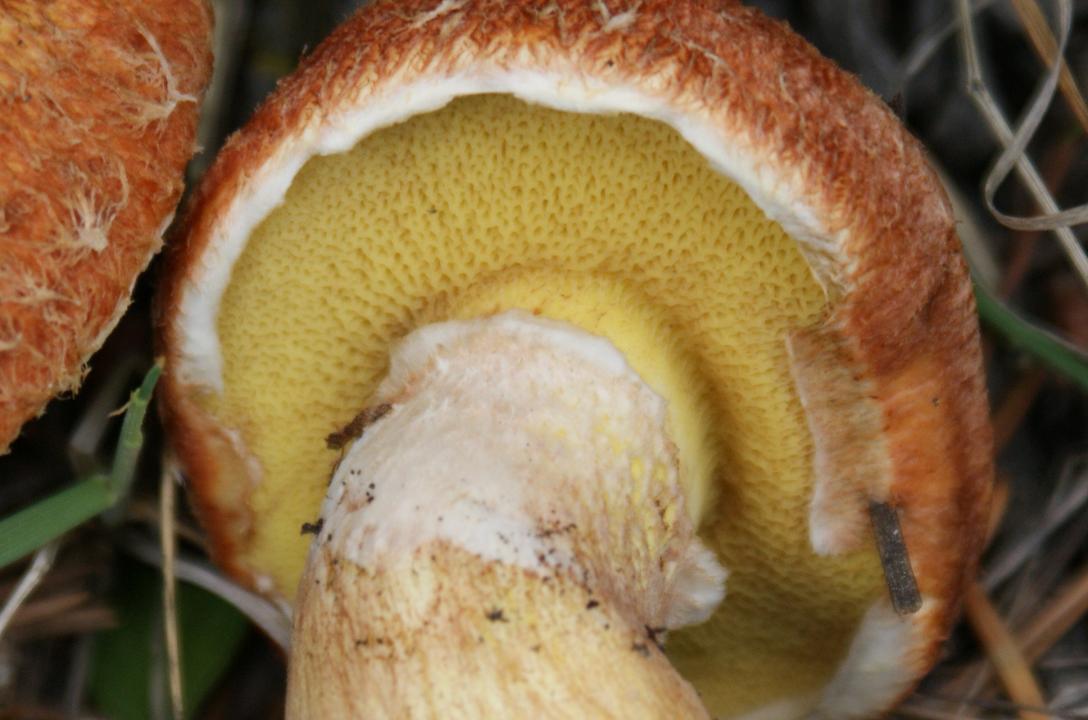|
Suillus Lakei
''Suillus lakei'', commonly known as the matte Jack, Lake's bolete, or the western painted Suillus, is a species of fungus in the family Suillaceae. It is characterized by the distinctive reddish-brown tufted fibers or small scales on the cap, and the presence of a woolly veil on the stem. The caps can reach diameters of up to , while the stems are between long and usually thick. On the underside of the cap is a layer of spongy yellow to yellow-brown angular pores; these pores are covered with a whitish partial veil when young. A mycorrhizal fungus, ''S. lakei'' grows in association with Douglas fir, and is found where this tree occurs. It is native to northwestern North America, but has been introduced to Europe, South America, and New Zealand. The mushroom is edible, but opinions vary considerably as to its quality. Taxonomy and naming American mycologist William Alphonso Murrill originally named the species ''Boletinus lakei'' after mycologist E.R. Lake ... [...More Info...] [...Related Items...] OR: [Wikipedia] [Google] [Baidu] |
William Alphonso Murrill
William Alphonso Murrill (October 13, 1869 – December 25, 1957) was an American mycologist, known for his contributions to the knowledge of the Agaricales and Polyporaceae. In 1904, he became the assistant Curator at the New York Botanical Garden (NYBG). He, along with the NYBG, founded the journal ''Mycologia'' and was its first editor for 16 years. Murrill was known to travel extensively to describe the mycota of Europe and the Americas. He traveled along the East Coast, Pacific Coast, Mexico and the Caribbean. Although Murrill was a very influential person at the NYBG, having worked his way up to become assistant director in 1908, his rather eccentric personality caused problems with his job. He went on annual collecting trips to Mexico, the Caribbean, Europe, and South America, sometimes, without informing any of his colleagues prior. These trips resulted in a cumulative total of 70,000 specimens, 1,400 of which are deposited in the NYBG.William Alphonso Murrill Records. ( ... [...More Info...] [...Related Items...] OR: [Wikipedia] [Google] [Baidu] |
